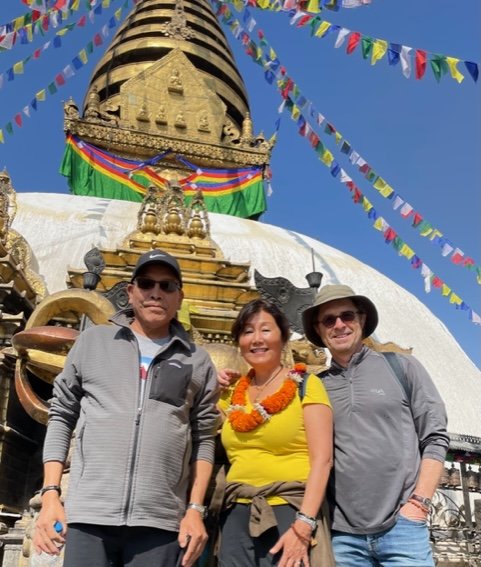
Everyday Buddhism … In Another World
From the moment we landed in Kathmandu it became immediately obvious how unfamiliar life is in Nepal, and so was Tibetan Buddhism. We are long time Shin Buddhists in California and our individual practice focuses on applying our understanding of Buddhism to our everyday lives. But, “when in Rome…“

Learn from the Sakura
Blooming Sakura shows us that all sentient beings live in the moment. We should try to take it all in. We should try to pay attention to everything that we experience.

Pride Starts Here
As a society we have forgotten that at the end of the day we are all human. Despite our gender, ethnicity, sexuality, height, clothes, hair, accessories, makeup etc. We are all just people trying to survive, grow, and learn. As a member of the LGBTQIA+ community I feel there is a real opportunity for me to help others understand how we can better support those in this community.

True Teaching Is Difficult to Encounter
The words “Let this be known” appear frequently in Shinran’s writings, indicating that his teaching is concerned with self-knowing. He challenges our customary reliance on self-acting, namely, ethical and devotional practices.
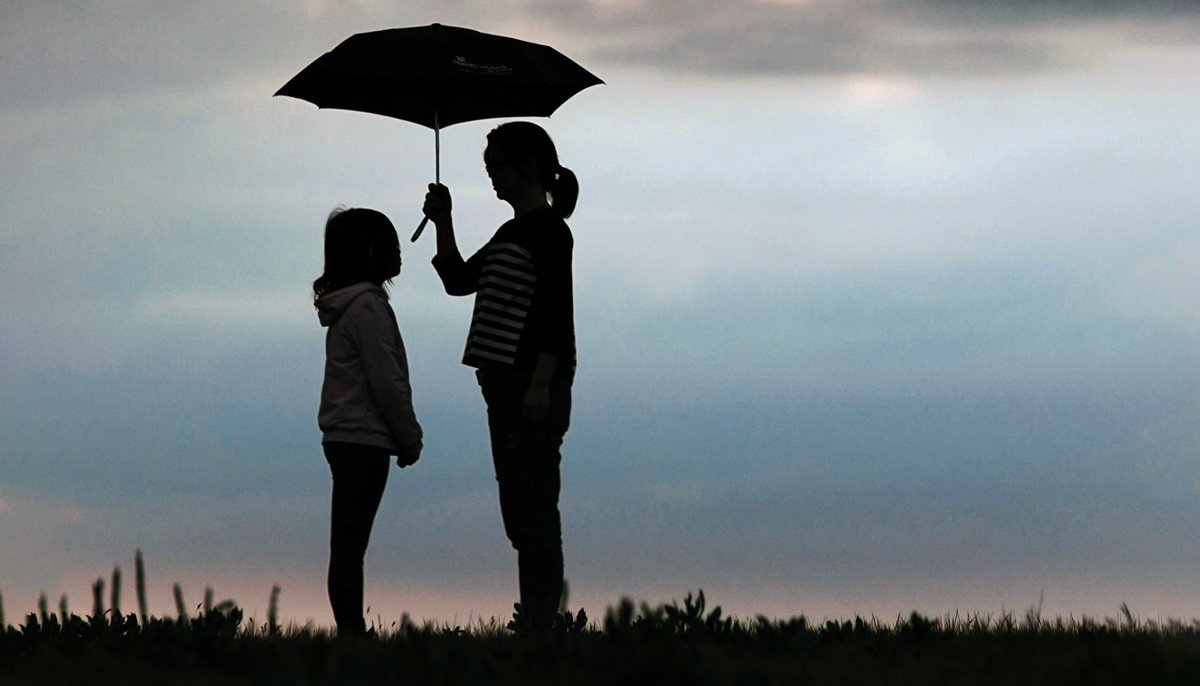
The Evolutionary Journey of Mothering
In its most exquisite sense, to mother is about caring for the well-being of another being, it’s about lovingkindness, empathy, protection, and a long view of being and time.

Navigating the Three Pure Lands
We can very easily come in contact with three different interpretations of the Pure Land as we move along the Buddhist path. So, we might ask whether the benefit of multiple perspectives outweighs any challenges reconciling these divergent concepts, especially for those new to the tradition?
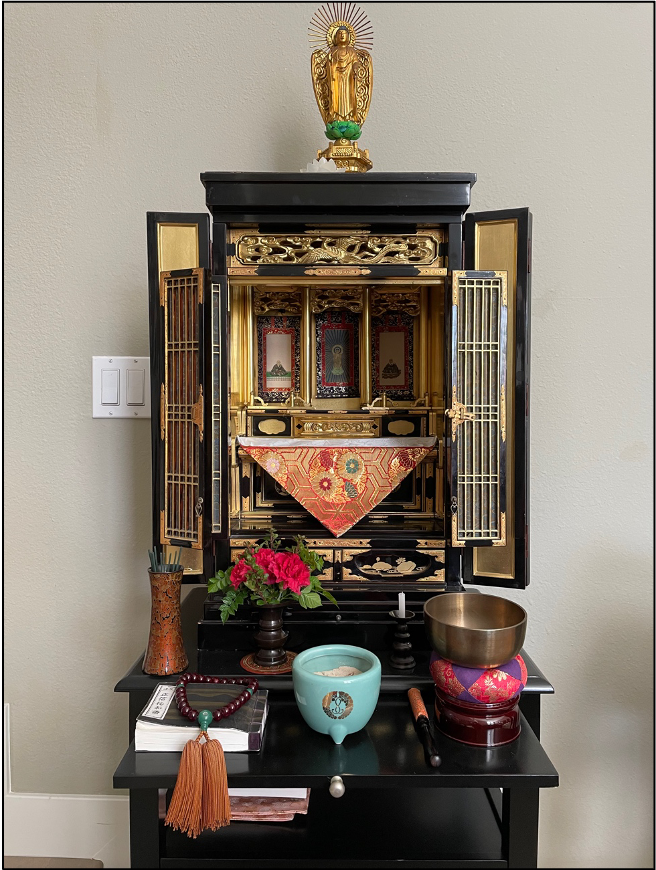
Why Chant the Shoshinge?
“Chanting the Shoshinge” is the newest Everyday Buddhist course. The Shoshinge holds an esteemed position in Shin Buddhist liturgy. In the poem’s concise 120 lines, Shinran Shonin captures the essence of his formulation of the Shin Buddhist path to awakening.

Imperfect Happiness
Nagariya wrote about the Japanese art of kintsugi, which is the art of repairing broken pottery with gold. The idea is to take something once considered broken and make it more beautiful, resilient, and unrepeatable. He writes, ”we generally don’t value broken things, and so often toss them aside as useless. But in the dharma life we will be broken up, reconstituted, and broken up again.” (p.38) This is what is supposed to happen. We aren’t supposed to go through life unscathed.
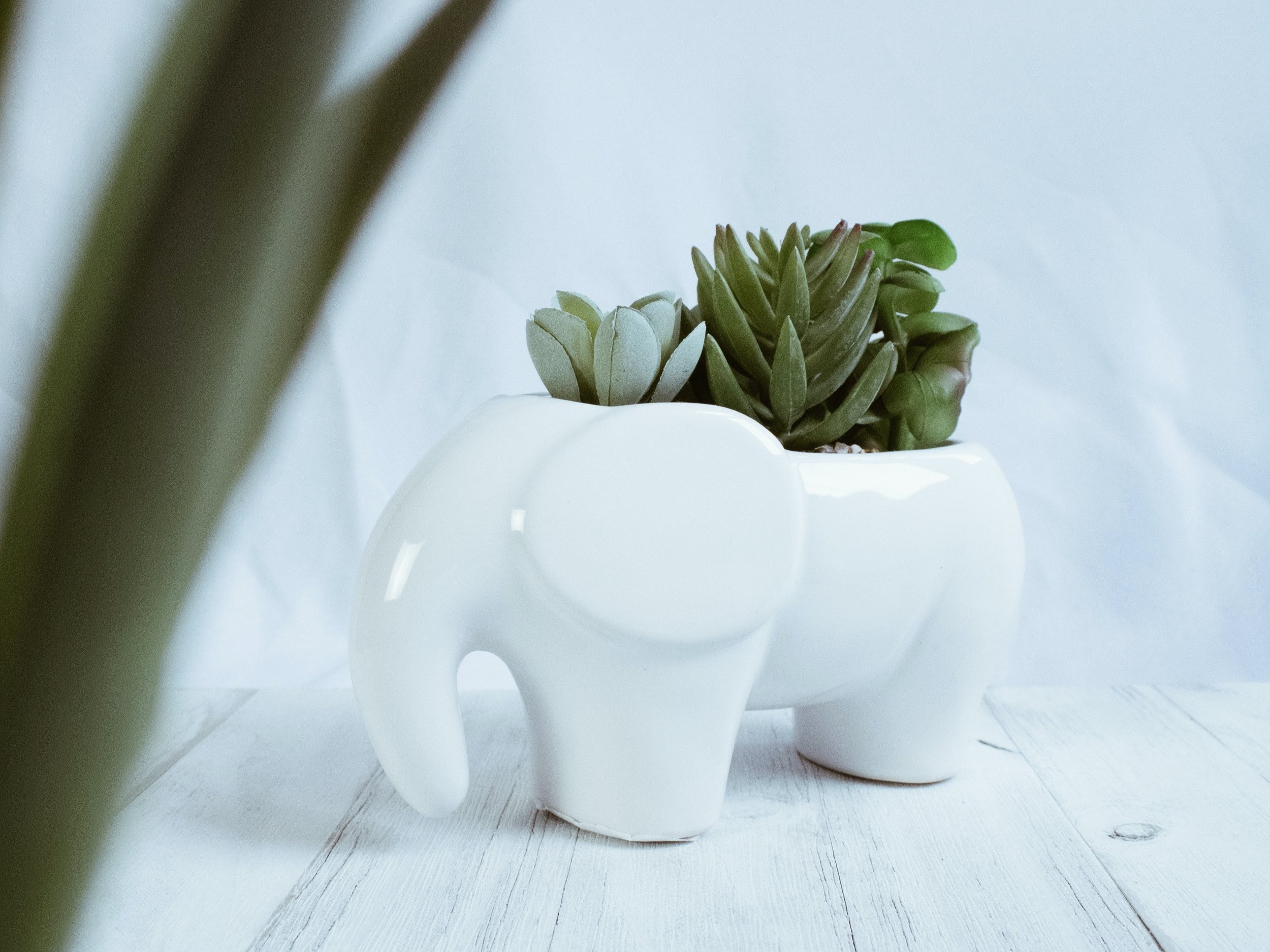
The First Woman of Buddhism
We celebrate the Buddha’s birth at Hanamatsuri. He was born Prince Siddhartha on April 8, about 2,500 years ago. But tragically, his mother, Queen Maya, died on April 15, one week after his birth. Likely due to complications from childbirth. His father King Suddhodana was a warrior who was now a single father. Fortunately, Queen Maya had a loving sister named Pajapati, the Buddha’s aunt.

Survey Says …
Many of you will recognize this story as the Blind Men and the Elephant Parable. It is a Parable that is explained in texts from Hinduism, Jainism, Buddhism as well as many modern interpretations. I thought that this modern interpretation was applicable to our current state of receiving information that we accept as truth. With easy access to the Internet, news spreads at the speed of light or the click of a mouse.
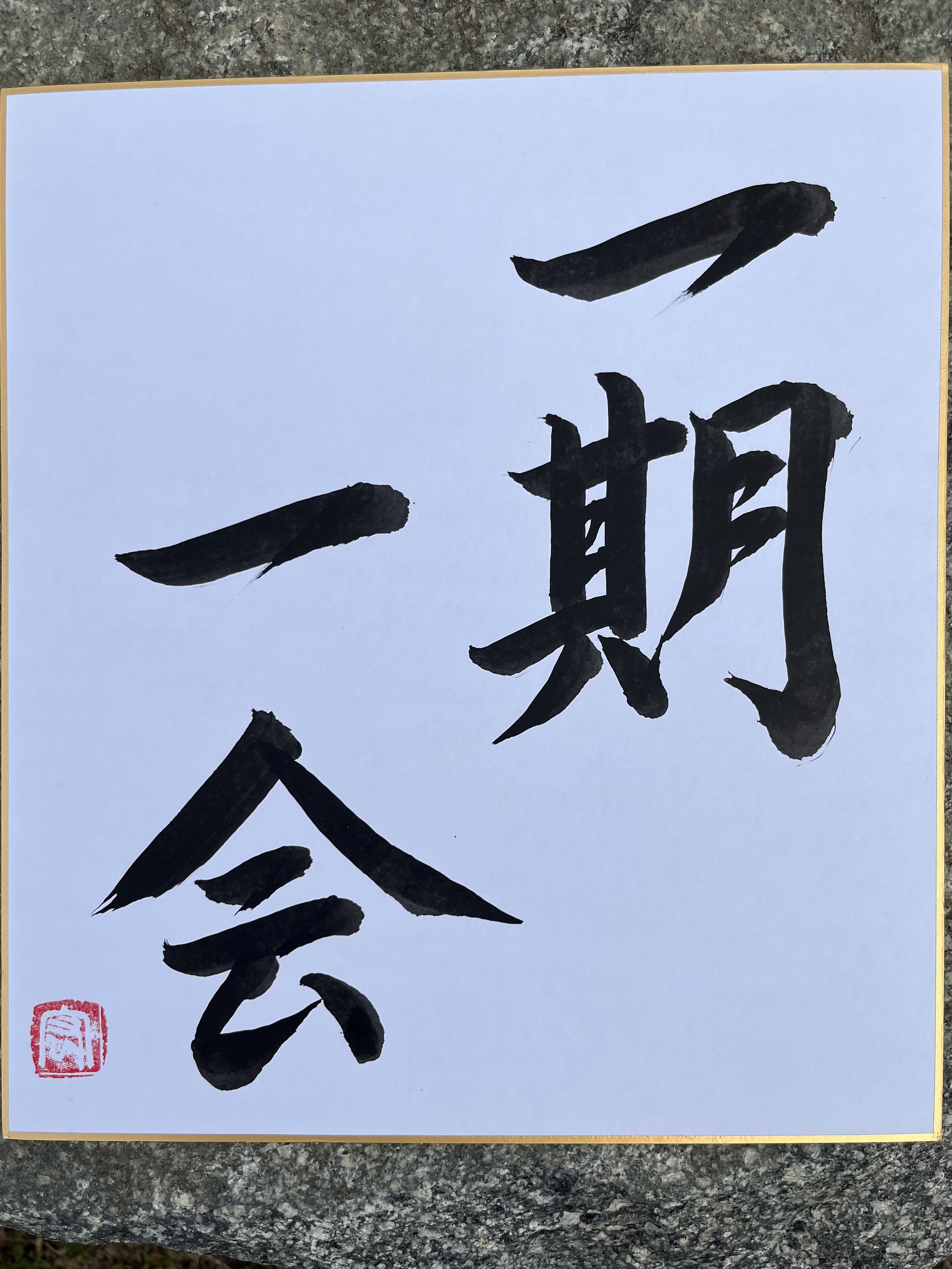
Finding Buddhism in Shodo (Japanese Calligraphy)
I recently started taking Shodo classes again and have learned so much more about the Art of Shodo and its connection to Buddhism. Shodo is literally translated as the “way of writing” or the “writing path”.

Running Hot & Cold
As they say, “everybody complains about the weather but nobody does anything about it.” Well, I am one of those people who foolishly tried to do something about it. I would like to share a personal story of my own foolish battles with the weather.
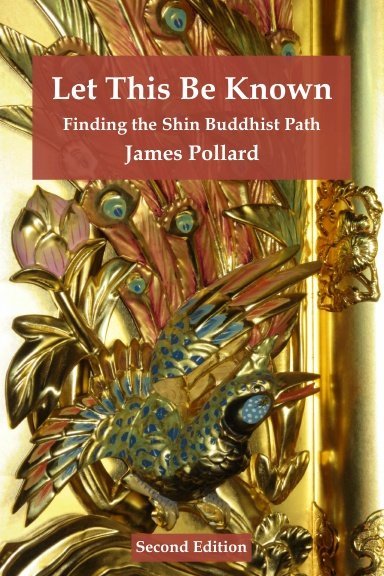
Becoming a Truth Seeker
Seeking the truth about myself is different from pursuing happiness and avoiding unhappiness. If I’m happy or unhappy I tend to view these mental states as absolutes. However, these impressions are not inevitable or absolute. They are projections based on the judgments I make about people and events. By approaching Buddhism at the truth-level, I begin to transform this limited view.

“How” To Find Your Way
Many of us focus only on the destination of insight and awakening. We yearn for teachings and texts, a new set of beliefs. But these teachings, texts and beliefs need to be performed with our bodies not merely comprehended by our minds. We must embody them. They must be self-actualized.
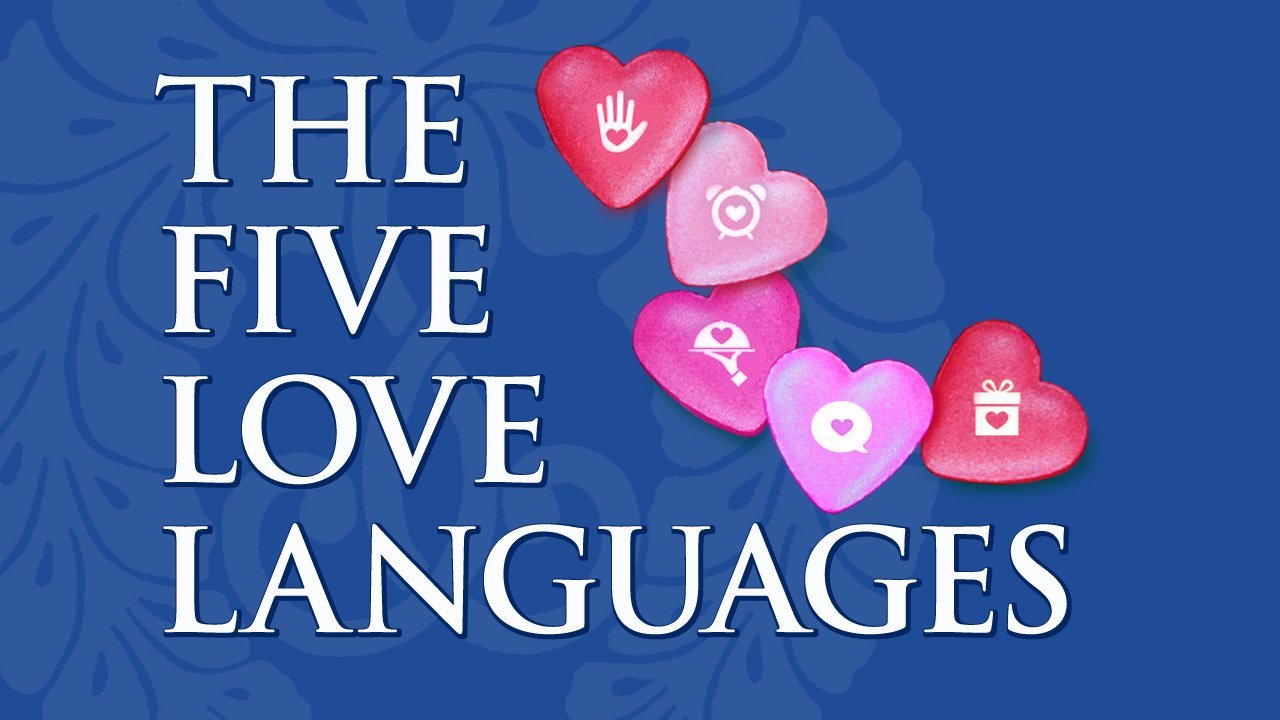
Five Ways to Love Buddhism
I have been thinking this over recently and perhaps these Five Love Languages can also be applied to how we approach Buddhism. Each of us needs to find the best way to connect with the teachings and make them meaningful within our everyday lives. Like so …

Finding the Dharma (Part 2)
As I took a deep dive into Buddhism and began to consider myself a practitioner, I learned those photos of me alone with my children were not reminders of what I didn’t have. Rather, they are the evidence that I have continued to live fully in each moment, witnessing many milestones with my family, experiencing the highs and lows of a human existence. Not everyone is so lucky.
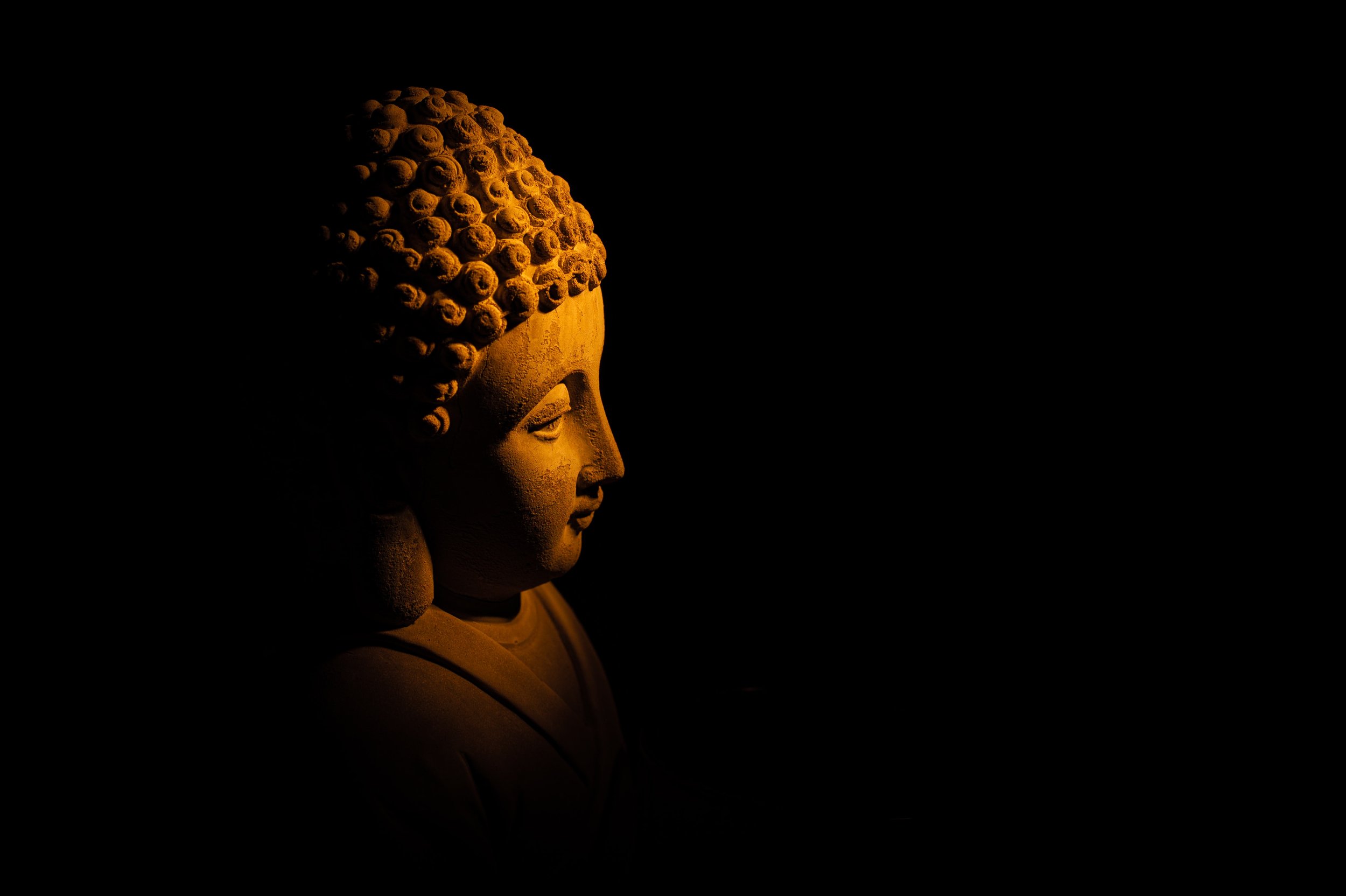
Life in the First Noble Truth
No matter what school of thought, all schools of Buddhism have the Four Noble Truths and the Eight Fold Path. Don’t worry, I am not going to go through each one. I am just going to talk about the First Noble Truth.

Bodhisattva Taxi Driver
Finally, I got into a taxi. The driver was a friendly man, who was a little hard to understand because he was wearing a mask and had a thick accent. He tells me he’s from Pakistan and talks the entire cab ride. I just sat in the back, listening and nodding my head and answered with a few “mm-hmms” and “oh wows”. He tells me that his country is changing and that “Greed and Ego destroy the whole world”. Wow, this man understands Buddhism!

Finding the Dharma (Part 1)
There was a time in my life when a simple back-to-school photo would have had me ugly crying in the shower at night from the shame of not having their father there to share in the moment. For days, weeks, months, and even years after my husband unexpectedly passed away, whenever I would show up to places with intact families and the kind of normalcy I would never have again, I felt irreparably broken. I struggled to understand why the universe had dealt me these cards.

In the Rain, You Get Wet
I realized from this story that just being in a Sangha and showing up for services is enough to immerse myself within the teachings. It is not so much what we learn in an academic way but rather what we realize the teachings within our bodies and intuit them with our minds. It takes no real effort. It is as easy and natural as getting wet as we walk in the rain.
